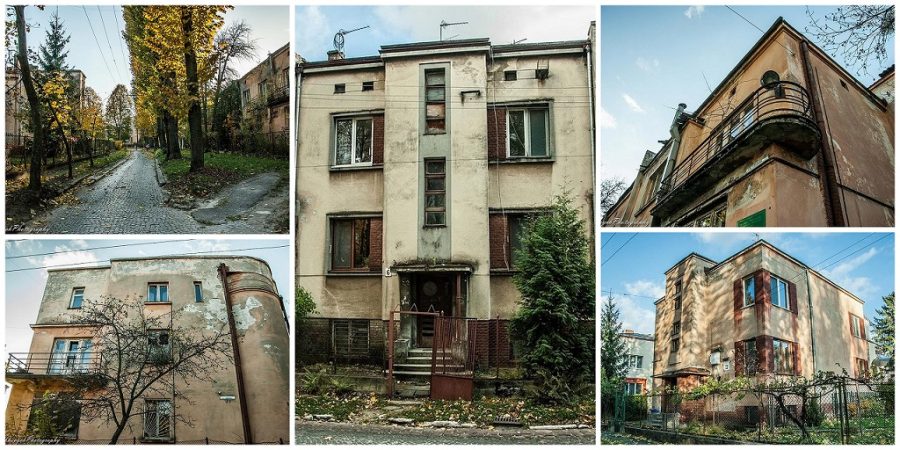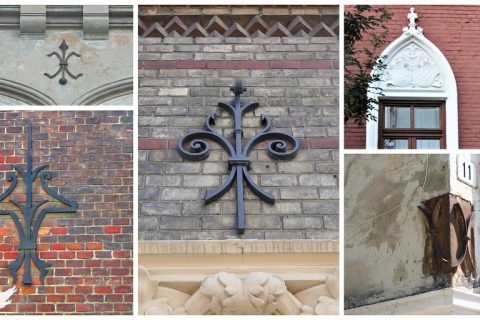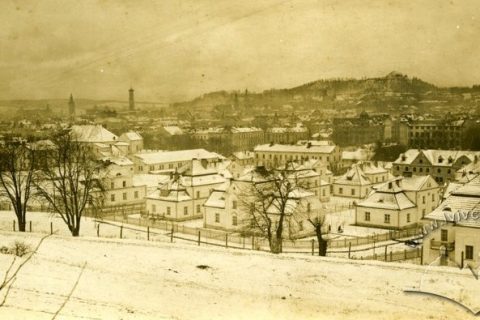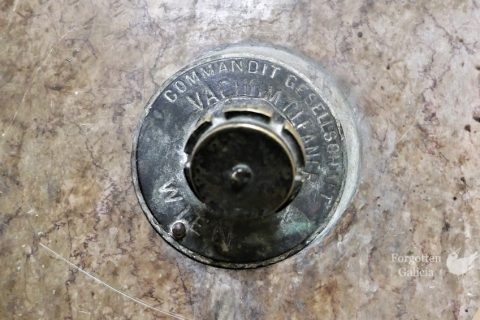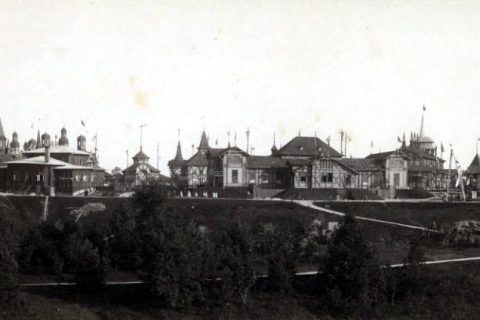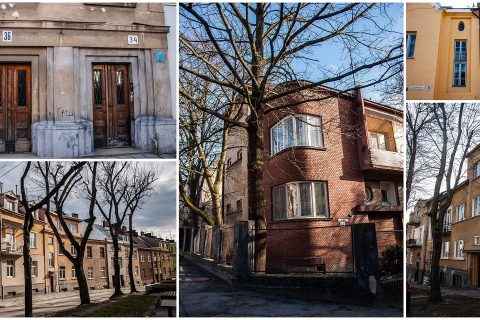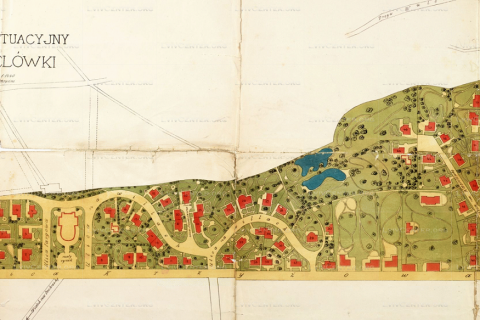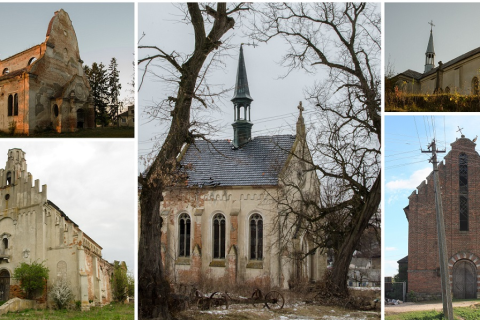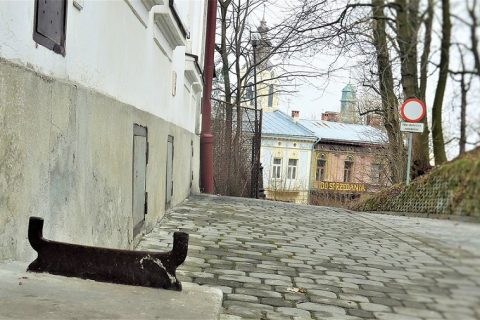Housing Developments in Interwar Lviv: The Professors’ Colony
Location: Main streets – Iryny Wilde St., Nishchynskoho St., Mizhhirna St.Built for: EducatorsFunded by: Society for Lending and Construction for Employees of Secondary and Higher Educational Institutions in LvivYears of construction: 1935-Architects: Tadeusz Wróbel, Leopold Karasiński, and Maximillian KochuraStyle: Functionalism (Modernism) After overcoming World War I and the financial crisis, […]
Read More
